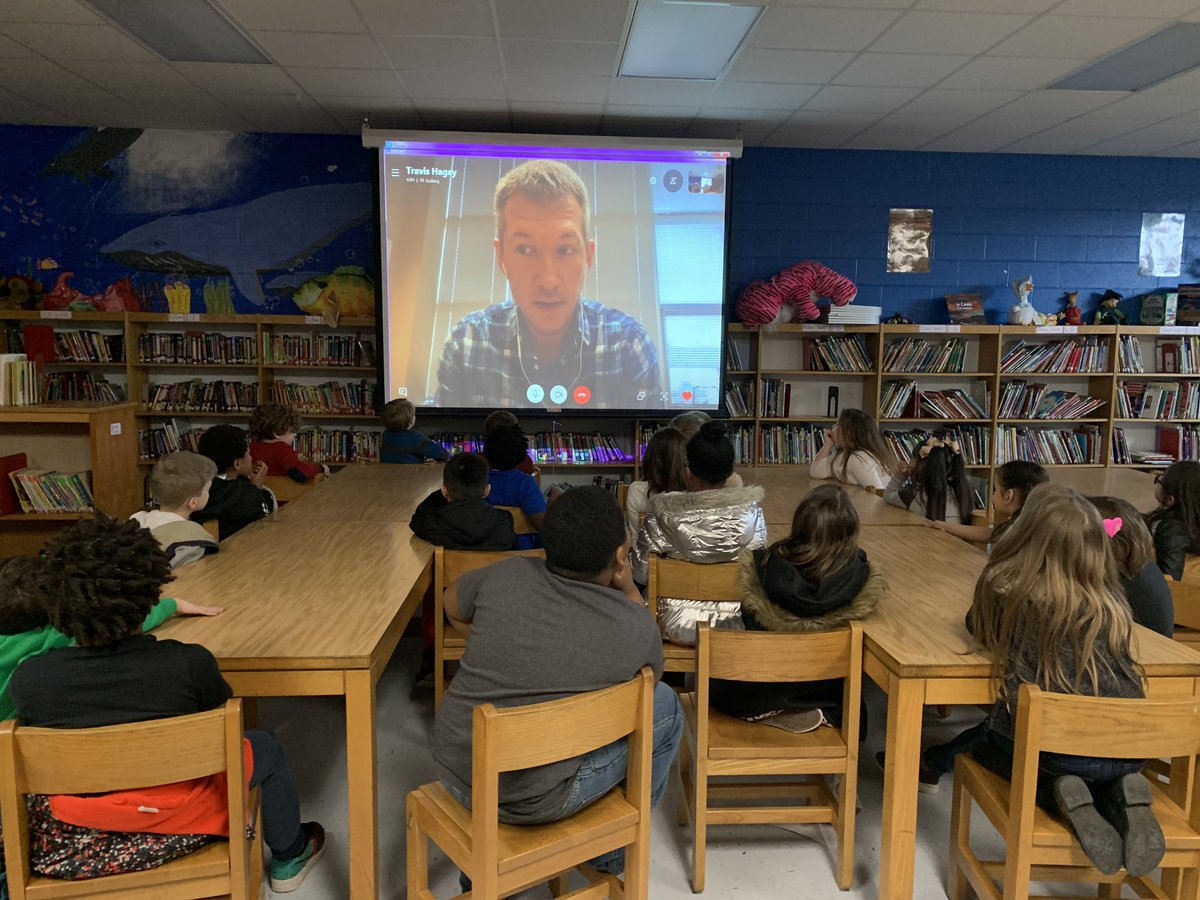
It's always encouraging to see that our nation's youth is wild about wildlife, but it's also amazing to see that our nation's teachers are excited to create these learning opportunities for the next generation.

(And don’t worry, the locations of any imperiled species are obscured to the public so poachers or others can’t use the data to harm species!) The GPS on your phone keeps track of where you saw the plant or animal so that mappers like me can put that location in context with other data to answer questions about where they like to hang out and how that may change with space and time. Apps like iNaturalist allow you to keep track of the wildlife you see and share that with other. To collect and share useful data today is as easy as pressing a button on your cellphone. Become a Community Scientist: it's never too early (or too late!) to become a scientist.

And nature isn’t just for people who live near a park for those of you that live in or near cities you can participate in events like the City Nature Challenge in April. You can get your hands dirty by doing anything from pulling invasive plants to helping amphibians cross the road.
Get involved: contact your local parks department or state Department of Fish and Wildlife to see what kind of events, volunteer work, or seasonal jobs are available near you. The more you know about these species and the threats to their survival, the better prepared you will be to help them. Check out books from the library, go on educational websites like ours, or watch nature documentaries like Night on Earth. Learn more: find out all that you can about the species and places that interest you and share that knowledge with your friends, family, and local communities. One question that I have been asked by every single class: what can we do to help? And here is what I share with them, since these tips are applicable to kids from 9-99! And it only becomes more exciting with every talk I give. For questions I can’t answer right off the top of my head, I go and do a bit of my own research and find myself only falling deeper in love with our nation's wildlife and wild places. How many snakes live in my state? Have you ever met a cheetah? What's the smallest animal you've ever mapped? Their curiosity is bottomless and infectious. It's important that they get to hear about the threatened and endangered species in their backyard, since connecting this work to something close by helps their understanding! They get a chance to play around in the storymap before we jump on the video call so that they can come up with interesting questions they'd like to ask me.and do they ever! I've made use of storymaps to introduce my mapping work to the students in this context, tailoring it to the state they live in. Once I am contacted by a teacher, I chat with them to learn a bit more about the types of wildlife and environmental issues their students are interested in and learning about as part of their curriculums. Sharing ScienceĪs the Conservation GIS scientist, I have the pleasure of talking about how I help the public, legislators, and government agencies understand where at-risk species live and the types of habitat they need so that we can all work together to better protect them. 
In the past two years, we have spoken with students spanning grades 3-9 in 10 different states about all sorts of work Defenders does to protect wildlife. Topics can be about anything from astrophysics to zoology!

The program is appropriately named Skype A Scientist and works like a matching service for science teachers who are looking for experts to speak to their students. This may be the most gratifying welcome I have ever received for a talk on science, and I’m enjoying it from the comfort of my office chair!ĭefenders’ scientists in the Center of Conservation Innovation have joined the growing force of scientists using technology to connect with classrooms around the country. A sea of hands waves in the air cheerfully and kids attempt to keep from falling out of their seats.








 0 kommentar(er)
0 kommentar(er)
